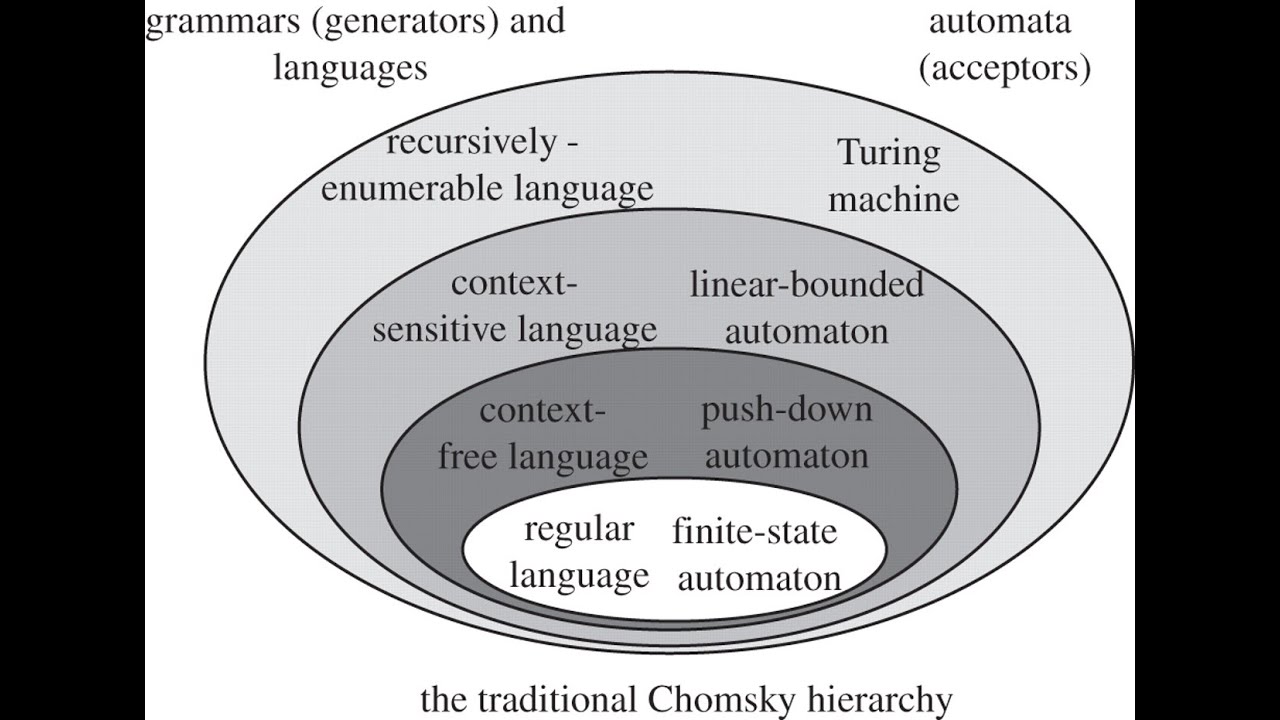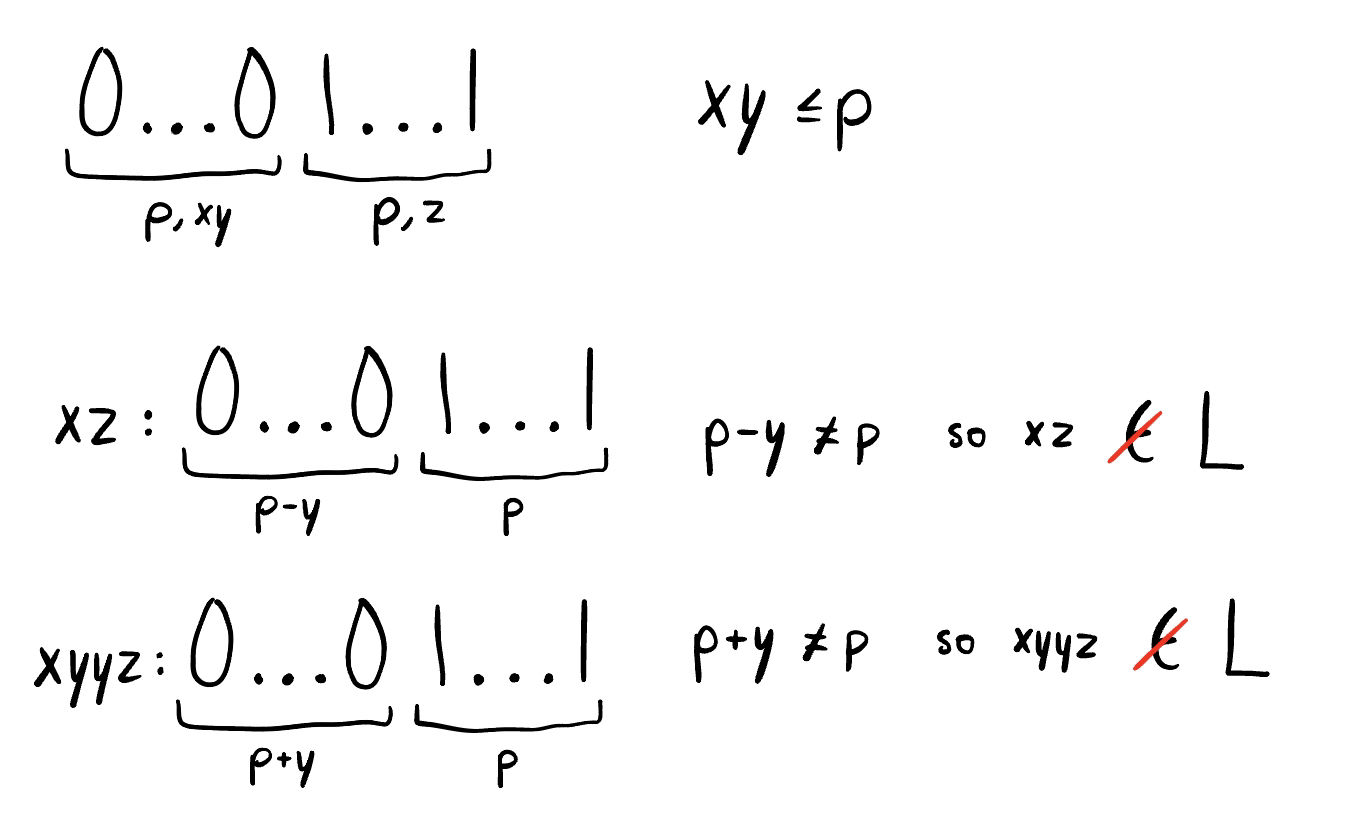

Dev
Proving languages are not regular with the pumping lemma
Proving that a language is regular is pretty straightforward- if a deterministic finite automaton (DFA), nondeterministic finite automaton (NFA), regular expression or a regular grammar can be constructed to represent the language then it is regular. However, claiming that a language is not regular is not as simple. There are definitely multiple ways to go about this but in this article we will explore the use of the pumping lemma.
Informal Explanation
The pumping lemma portrays a required property of regular languages. This property essentially says that all strings greater than a minimum length in a regular language can be "pumped"-- repeat a certain section of the string an arbitrary amount of times-- and result in a new string that is also in the language. This minimum length is typically referred to as p. We want to use a string w that has at least length p and split it into 3 substrings called x, y and z. The constraints of these substrings are that the length of xy is at most p, x and z can be 0 but y must be atleast 1 (y is the substring that will actually be pumped).
Formal Definition
For a regular language L, there is a p >= 1 where every string w of length atleast p in L can be divided into 3 substrings that satisfy the following:
length of y is at least 1
length of xy is at most p
for all n greater than or equal to 0, xyⁿz is in L
Examples
Q: Prove that the language L = {0ⁿ1ⁿ, n >= 0} is nonregular
Proof by contradiction via pumping lemma:
Assume L is regular so the pumping lemma applies
Let p be the pumping length
Consider the string w = 0ᵖ1ᵖ, which is in the language
Express 0ᵖ1ᵖ as xyz, where length of y is at least 1 and length of xy is at most p
Since length of xy is less than p, it follows that y must be a string in the first half of w
The first half of w only consists of 0's, so y can only consist of 0's. In any case, y consists of at least one 0. For this reason, pumping will easily result in strings that are not in the language (0ⁿ1ⁿ)
Only the string xyz is in the language-- xz, xyyz, xyyyz, etc. are not in the language
This violates a condition of the pumping lemma and we have a contradiction Therefore, L is not regular!
Visualization:

*remember y contains at least one character
Common Pitfalls It is important to understand the application of the pumping lemma and the specifications to actually using it. The pumping lemma works to prove a language is not regular by considering one string in the language, all different possible values of xy, and one instance of xyⁿz. So to actually prove a language is not regular, construct one string in the language and prove that one instance of xyⁿz is not in the language for all different possible values of xy.

Dev
Dev helps aspiring computer scientists learn new concepts and polish skills.